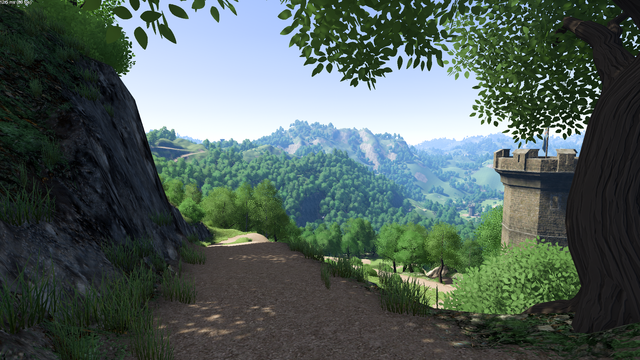Here's a fly-by with the new trees. The fact that they cast/receive shadows even in the distance makes a huge difference compared to the old Unity billboard ones, which destroyed the sense of depth in the distance.
#ProcGen #GameDev
(Video of old trees here: https://mastodon.gamedev.place/@runevision/112186261304893345)
